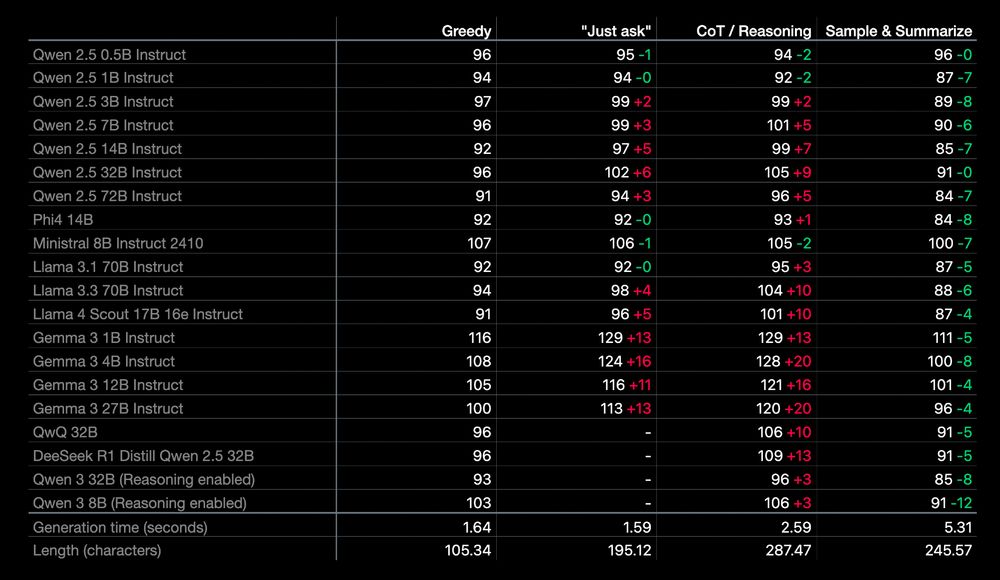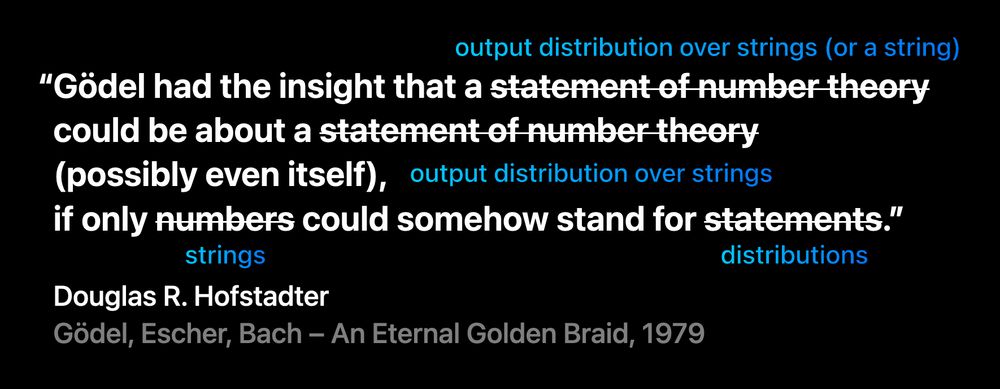Michael Kirchhof (ICML)
@mkirchhof.bsky.social
340 followers
190 following
65 posts
Research Scientist at Apple for uncertainty quantification.
Posts
Media
Videos
Starter Packs
Pinned
Reposted by Michael Kirchhof (ICML)
Reposted by Michael Kirchhof (ICML)
















